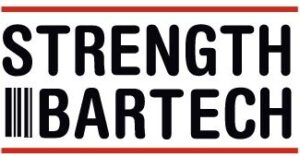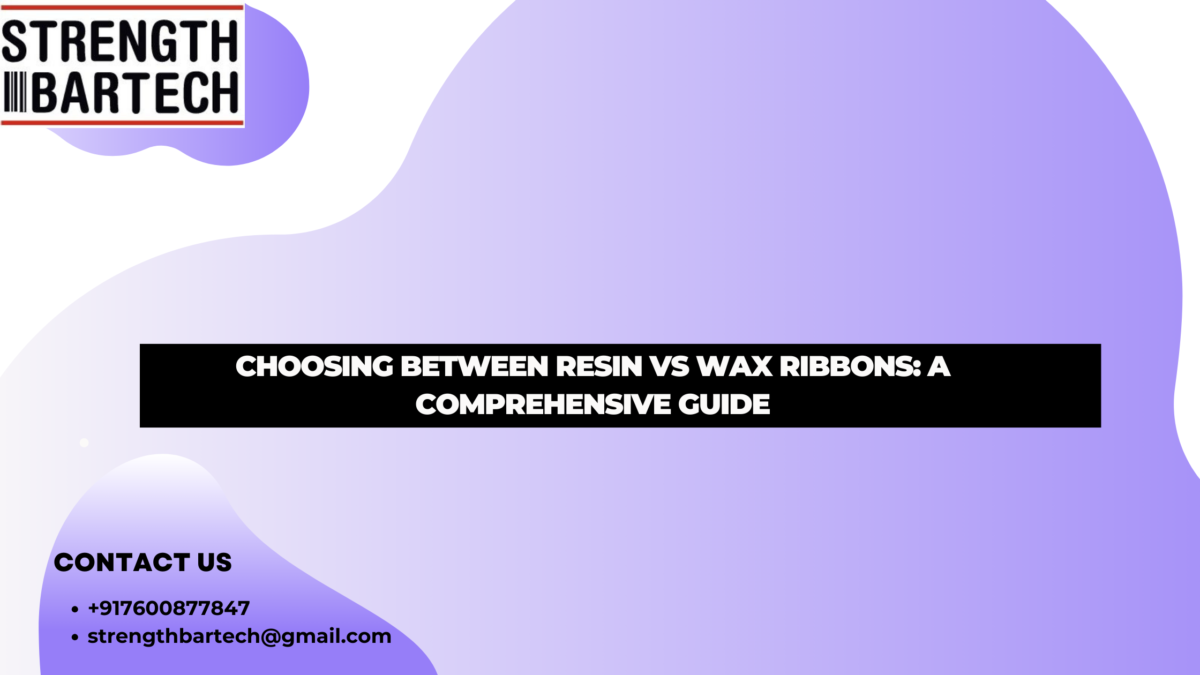If you have a barcode label printer or are considering getting one, you might be unsure about which thermal transfer ribbon is best suited for your application. Look no further! This article delves into the advantages and disadvantages of wax, wax-resin, and resin ribbons to help you make an informed decision.
Wax Ribbon
Wax ribbons, also known as “resin-enhanced wax” ribbons, are the most common and cost-effective option. They are suitable for use with uncoated or matte-coated labels.
Durability:
Wax ribbons offer less durability compared to other types, but they are also more affordable. They produce images that are more resistant to fading than direct thermal labels but are still susceptible to scratching and smudging. In comparison to wax resin or resin ribbons, wax ribbons have lower chemical resistance.
How the Process Works:
All wax ribbons contain resin. The PET film is coated with a blend of wax and resin ink, which is then melted. The reverse side of the rolls is back-coated, and the rolls are subsequently cut to various widths and lengths for different printer models. The printer’s printhead components receive digital signals for rapid heating and cooling.
Uses:
Wax ribbons are utilized in a variety of situations that demand short-term or moderate durability, including shipping labels, retail tagging, storage facilities, signage, and more. They are the most widely used option.
Wax-Resin Ribbon:
Wax-resin ribbons typically consist of a mixture of half wax and half resin. While they are more costly than wax ribbons, they offer increased durability and versatility in terms of substrate compatibility, being able to print on almost any label or packaging film.
Durability:
Compared to wax, wax-resin ribbons provide enhanced resistance to scratches, smudges, as well as medium to harsh chemicals and high temperatures.
How the Process Works:
The process for wax-resin ribbons is similar to that of wax ribbons, except that it involves a more even split between wax and resin ink, rather than predominantly using wax.
Uses:
Wax-resin ribbons find application in scenarios requiring additional abrasion, chemical, or environmental resistance. Examples include laboratory labeling, external product or UL labeling, and cold-chain or freezer applications, where barcode deterioration must be prevented.
Resin Ribbons:
Most resin ribbons still contain some wax, but they primarily consist of pure ink resins. These ribbons are the most durable and expensive thermal transfer ribbons (TTRs), designed for the most demanding applications. They are compatible with various label materials, including glossy coated paper labels, synthetic film labels such as polypropylene, polyethylene, polyester, and special substrates like polyamide, acrylate, and textiles.
Durability:
Resin ribbons are significantly more durable compared to wax and wax-resin ribbons. They offer exceptional resistance to extreme heat and cold, harsh chemicals and solvents, rough scratches, and outdoor environmental conditions, especially when paired with suitable label stock.
How the Process Works:
As the level of resin in the ribbon increases, the process changes because these inks require more energy to melt onto the substrate. To ensure effective ink transfer and create a durable image, the printhead must adjust the darkness and speed settings accordingly.
Uses:
Due to their high durability, resin ribbons are essential for harsh-environment or mission-critical applications. Examples include medical device labeling, electrical component or PCB labeling, ware care tags, plant stakes, chemical drum labeling, and many more applications.
Thermal transfer ribbons play a crucial role in an efficient barcoding system, and selecting the right one is essential to the cost-effectiveness of your operation. The Sundata team is available to assist you in finding the right printer, whether small or large, and identifying the best solution for your labeling and printing needs. Schedule a free assessment today to consult with our experts!

